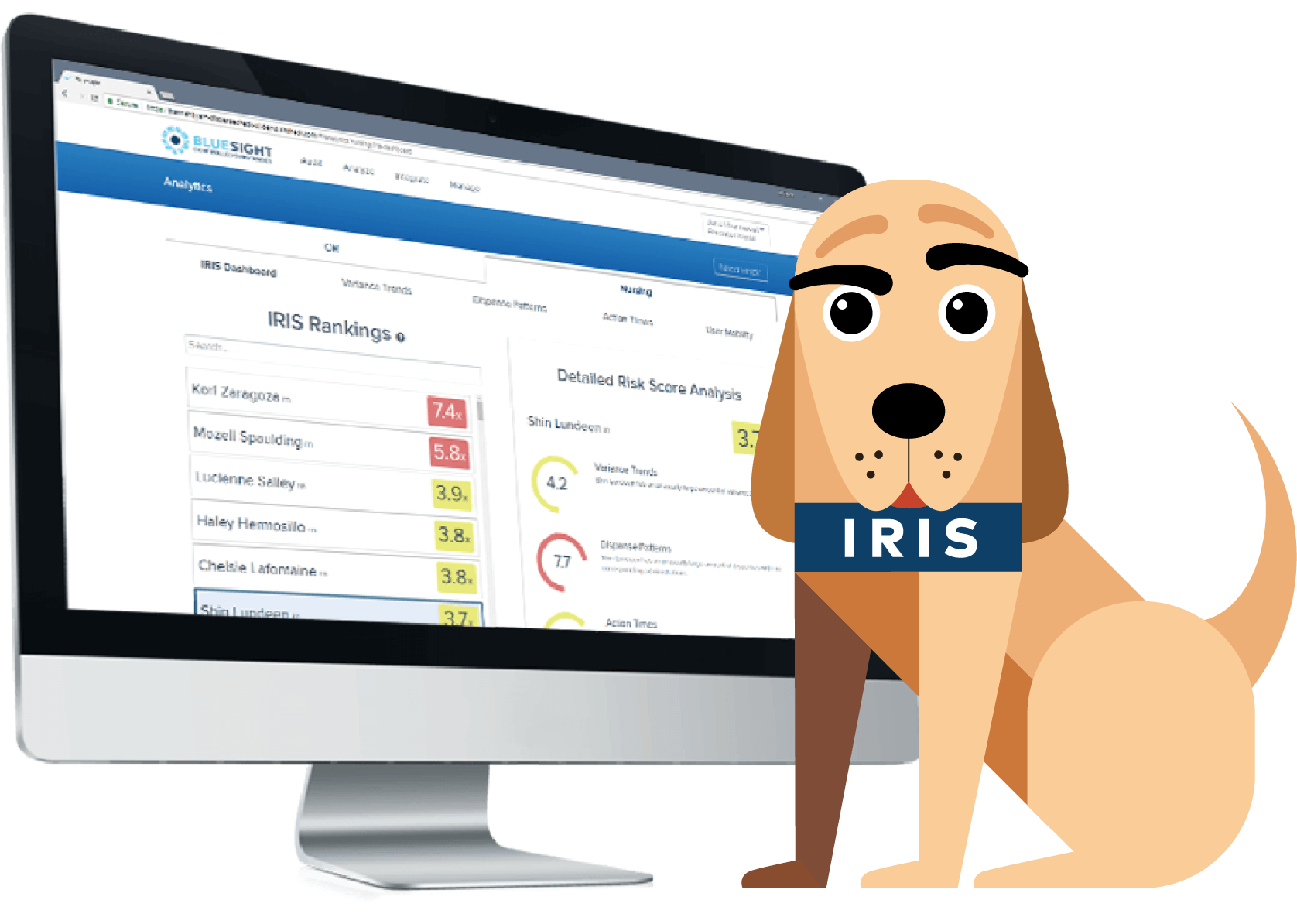 Kit Check introduced Bluesight for Controlled Substances (BCS) in 2017 at ASHP Midyear. At the time, we had three hospitals that were using the solution as development partners. We arrive today at ASHP one year later with more than 50 hospitals using BCS.
Kit Check introduced Bluesight for Controlled Substances (BCS) in 2017 at ASHP Midyear. At the time, we had three hospitals that were using the solution as development partners. We arrive today at ASHP one year later with more than 50 hospitals using BCS.
After refining the hospital automated auditing solution in the first half of 2018, we started to make it generally available this past summer and the response has been tremendous. Controlled substance audit, discrepancy reconciliation, and diversion are pernicious problems confronting hospitals. We set out to help reduce this burden on pharmacies so I was particularly happy to have a BCS user from Adventist Health comment this week:
“Bluesight for Controlled Substances from Kit Check is a key component of our diversion prevention efforts at Adventist Health. It helps us close the gap between ADC activity and eMAR documentation by bringing all controlled substance data and variance tracking into a single repository. It is easy to use and equips us with actionable analytics. In addition to automating our auditing processes, which were previously conducted manually, Bluesight for Controlled Substances is also helping us partner with nursing to more efficiently identify, communicate and resolve discrepancies.”
Atrik G Aryan, PharmD, RPh | System Med Safety and Compliance Officer | Pharmacy Administration | Adventist Health
Rising Scrutiny Requires Automation to Reduce Risk
Rising awareness of the opioid crisis is only increasing the scrutiny placed on hospitals. Hospital pharmacy typically has responsibility for controlled substance use in the facilities, but lack robust tools to manage the process or provide adequate visibility. As a result, the reality today is a lot of manual intervention, incomplete audits, and undetected diversion.
Bluesight for Controlled Substances was developed with clinical pharmacists to automate key processes and apply machine learning algorithms that proactively expose problem areas. (You can read more about our first customer and see a case study here). Hospitals report four key BCS benefits to us.
- Time savings – One hospital using BCS today previously applied a full-time employee to controlled substance auditing. The entire process now takes only minutes per week. The hospital has reduced the time spent by over 90% and increased audit coverage automatically.
- Workflow clarity – The controlled substance discrepancy dashboard automatically shows outstanding discrepancies, provides a workflow capability that streamlines communication with nursing and creates a record of the resolution.
- 100% Audit – Most hospitals tell us they were only able to audit less than 5% of controlled substance dispensing and administration pairs due to the manual intensity of reviewing the records. BCS audits 100% of activities automatically and surfaces which events require further attention.
- Diversion detection – The IRIS dashboard and other usage reports identify which staff members show behavior consistent with diversion activity. Pharmacy directors now know where to start investigations and have the necessary data and tools to reveal diversion that was previously undetected.
What Makes BCS Different
 Kit Check’s collaboration with clinical pharmacists helped identify where the root problems originated in diversion and controlled substance discrepancy detection. Pharmacy staff typically had tools that provided an incomplete view of the controlled substance lifecycle. For example, they had ADC dispense data but not EMR administration data. This situation results in both diversion and discrepancies slipping through the cracks.
Kit Check’s collaboration with clinical pharmacists helped identify where the root problems originated in diversion and controlled substance discrepancy detection. Pharmacy staff typically had tools that provided an incomplete view of the controlled substance lifecycle. For example, they had ADC dispense data but not EMR administration data. This situation results in both diversion and discrepancies slipping through the cracks.
The data that was available also was frequently misinterpreted because few pharmacists have data science training and on the occasions issues were identified there was no system to track resolution or generate reporting for audits.
All of the hospitals had one system or another that was supposed to address controlled substance discrepancies and identify diversion. Some were using Pyxis reports, others relied on RxAuditor or Pandora. Each solution provided some value, but all are manually intensive to work with and still include key gaps in tracking. Bluesight for Controlled Substances was developed to address these problems by following three guiding principles:
- Comprehensive – BCS integrates ADC, EMR and other data sources to provide a complete lifecycle view of controlled substances within the hospital.
- Specific – Pharmacy staff told us they needed to know what specific events required reconciliation because there were so many that they were easily missed in spot audits. And, for diversion investigations, they needed to know where to start.
- Actionable – Information is more powerful when it’s coupled with workflow tools and indicates what should be done next.
I encourage you to visit booth #1613 this week at the ASHP Midyear Conference in Anaheim to learn more and see the solution in action. If you aren’t in town and would like to schedule a demo or simply learn more about Bluesight for Controlled Substances, please click here.